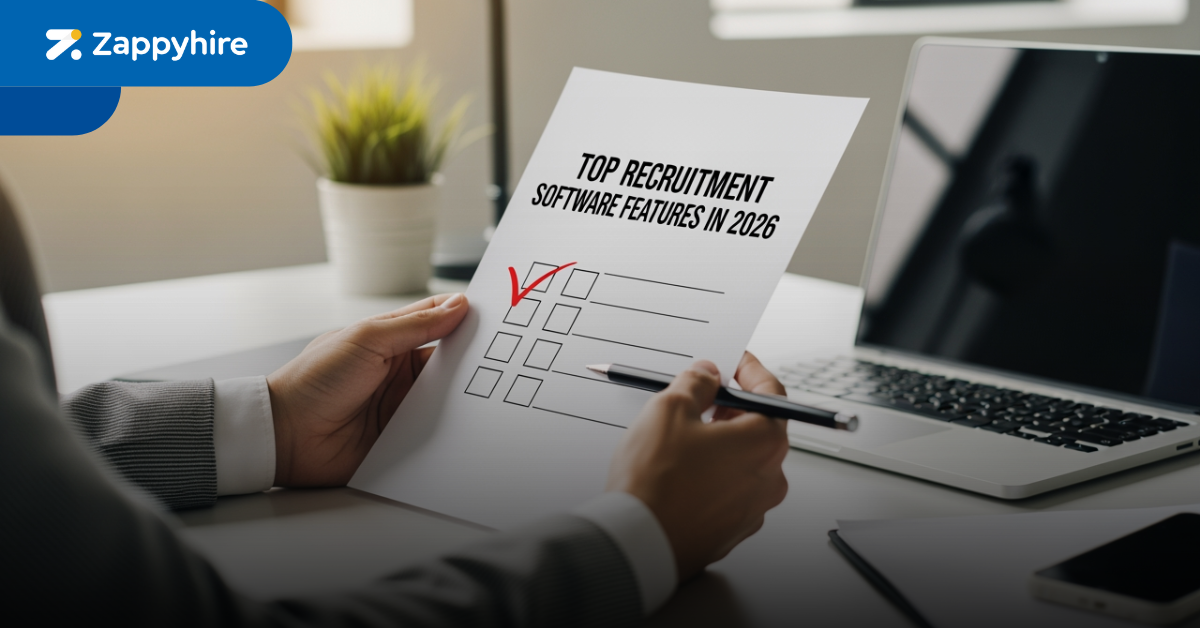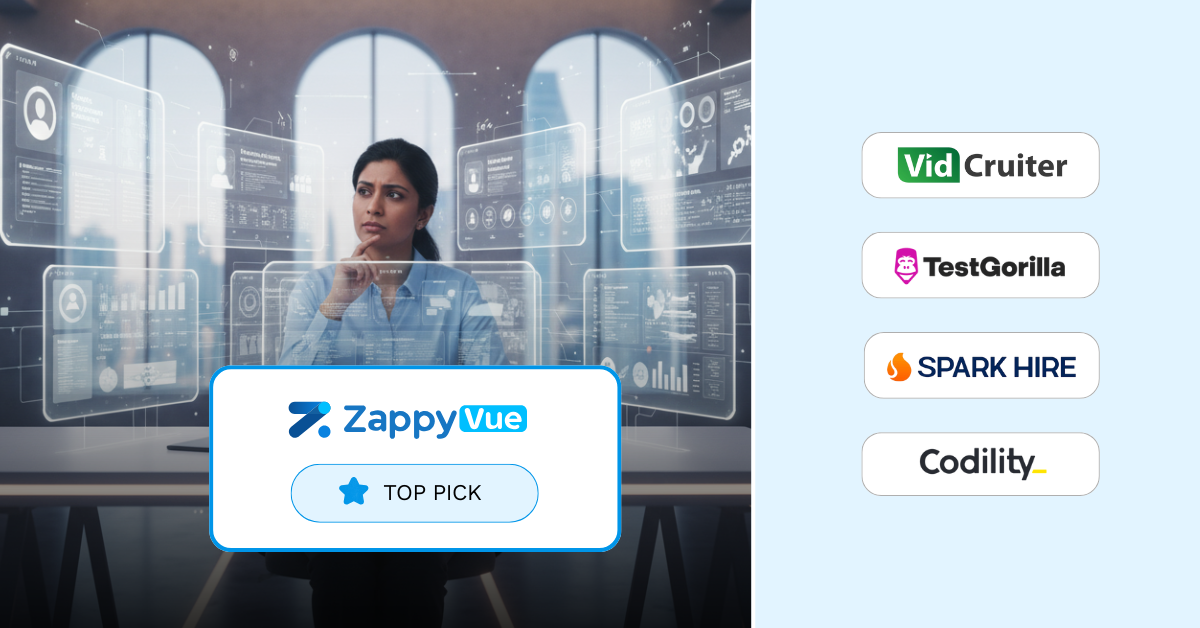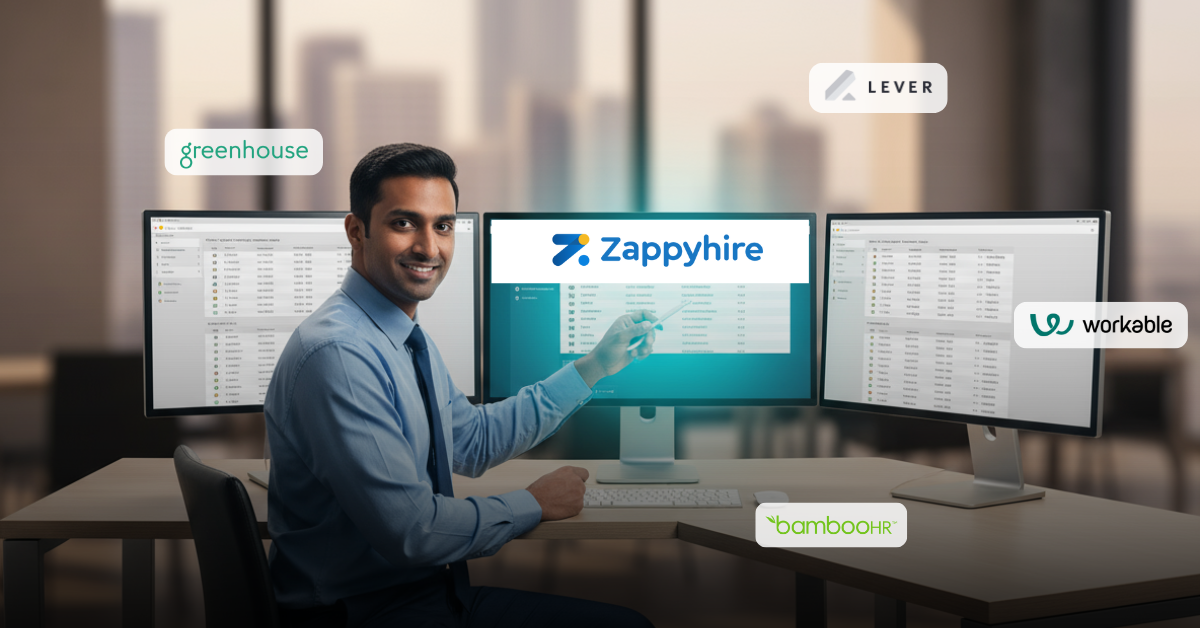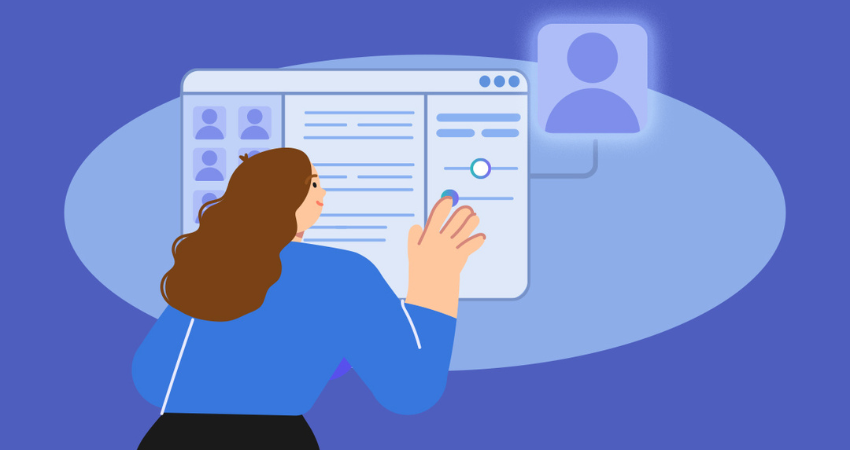
Companies put their data to work in myriad ways. Giants like Google and Facebook are probably ,the best examples of how this is done well.
Come to think of it, every company has been using their own data in one way or another – to drive revenues, improve products and more. But what about your recruitment function?
You are Sitting on a Pile of Gold
Irrespective of whether you have been hiring via excel sheets or using a simple ATS, each aspect of your hiring including your interviewers, job competencies and candidate interactions form your data.
While most companies fail to use their hiring data, they certainly seem to think it is important. ,Though 71% of companies see it as a high priority, only 22% are currently applying it in HR. Can you imagine the opportunities you are missing!? Optimised hiring, better conversion rates and more.
What is Predictive Hiring?
Simply put, predictive hiring uses your company’s historical data and current trends to forecast patterns about your hiring process and hiring decisions.
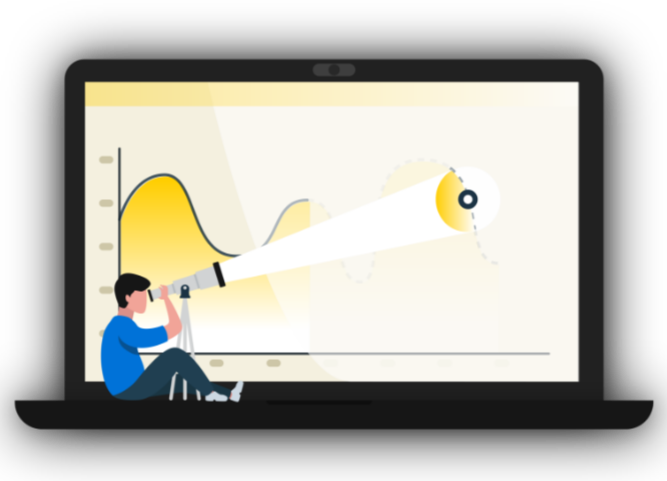
Traditionally recruiters manually skimmed through hundreds of resumes, spoke to each candidate and relied on going through each hiring step to find the right candidate. There’s a high probability for bias through such methods and also a high chance of a good candidate slipping through the cracks.
Predictive hiring uses historical data to thoroughly screen candidates and provide recommendations at each step of your hiring journey so you can close positions faster and hire the right candidate.
How Predictive Hiring Helps Companies Close Positions Faster
1. Find relevant candidates in your existing talent pool
On an average, every job receives 250 resumes. That’s 249 rejections per job. Map that against 30 job positions, that’s about 7.5K resumes – rejected! When was the last time you looked at even one of those 7.5K resumes?
With the abundance of online courses today and job opportunities, you never know which one of your rejections might be a potential employee of the future. There are many examples of how quality candidates who were initially rejected ended up being an asset later. The most famous is ,how whatsapp co-founder was once rejected for a job by Facebook.
Don’t discard rejected resumes. Enrich their profiles and let predictive hiring help you rediscover candidates from your existing talent pool. Just imagine, a candidate pool that is ready as soon as you have an open role. A dream come true, isn’t it!?
2. Identify gaps in your candidate pipeline
Candidates in your pipeline reflect how aligned they are to your company and to the job roles. Too many may mean noise and too few is risky. But how do you track this?
At any point in time, predictive hiring uses numerous parameters to show you the health of your candidate pipeline. So you know when exactly you need to source more candidates or when you need to focus on converting those in the pipeline.
3. Highlight risks in hiring
Recruiters are always under constant pressure to close a position. But closing a position is dependent on multiple factors – no. of applicants, their relevance to the job, candidate’s fit to the company culture and so on.
With so many factors in the play, it’s difficult for any recruiter to be proactive and avoid any hiccups. That’s where predictive hiring helps.
It automatically forecasts when a job will be closed, what the health of the candidate pipeline is and recommends actions the recruiters can take to ensure they meet business needs. After all, delay in finding the right candidate in time can cost the business.
4. Increase conversion rate and avoid unnecessary costs
Applications come from various sources ranging from LinkedIn, employee referral to staffing agencies. Source of a hire is a common metric used to tailor job advertisement and recruitment efforts. But is that enough?
Each candidate has multiple data points from resume to interaction patterns which form a story and a 360 degree candidate profile. With a holistic candidate view, predictive hiring analyses data across your hiring stakeholders including interviewers and recommends the most optimised way to interview and hire candidates. Optimised hiring automatically leads to higher conversion rates and lower recruitment costs.
How You Can Start
Like money, the more data you have, the better. Businesses that lose out on deriving insights from their data, lose out on the best candidates. When utilised correctly, data helps you make better hiring decisions, ensures you get the right candidate and boosts business performance.
Want to know how Zappyhire can help you derive insights from your data? Get in touch! https://zappyhire.com/demo.html


